Bird ID videos

Identifying Ruff
Ruff, with their variable size and plumage, often present identification issues. However, by learning how to recognise Ruff in their various guises through this video, you’ll be able to pick them out with confidence, and have a great reference point for identifying other similar-looking waders.
Identifying Great Spotted Woodpecker and Lesser Spotted Woodpecker
Are you unsure of the identity of a black and white woodpecker coming to your garden feeder? Great Spotted or Lesser Spotted? Let this workshop help you to confidently identify these two species.
Identifying winter divers
Divers in winter can be confusing and difficult to identify. Let this video help you to confidently separate Red-throated, Black-throated and Great Northern Divers.
Identifying Kittiwake and other small gulls
Young Kittiwakes have a distinctive wing pattern, but several sought-after rarer species have similar markings - how can you tell them apart?
This video looks at several Gulls in juvenile plumage- Kittiwake, Little Gull, Black-headed Gull, Sabine's Gull and Ross's Gull.
Identifying Goldcrest and Firecrest
The tiny Goldcrest, is a common year-round bird, found mainly in woodland and gardens. Its much rarer cousin, the Firecrest, is found in similar habitats. Can you tell the two species apart?
Identifying common shanks
Redshank are common, familiar (and very noisy) waders found, year-round, on our coastal habitats as well as inland during the breeding season. Very small numbers of the related Greenshank breed, but can you separate Redshank, Greenshank and the arctic-breeding Spotted Redshank when all three can be found together in late summer and autumn on saltmarshes and lagoons?
Identifying Skuas
Identifying skuas passing offshore in late summer is one of the great challenges of bird ID. There are clues to help us, however, and - with practice - most individuals can be identified. This workshop will point you in the right direction and help you to focus on the features and markings that will be most helpful when seawatching.
Identifying Redstarts
In late summer and autumn Redstarts and Black Redstarts can turn up anywhere; The males are easy to identify but how do you separate females and young birds? This video will help you to spot the subtle differences that will allow you confidently identify a bird that is not sporting the males stunning summer colours.
Identifying Corvids - Crow, Chough, Jackdaw, Rook and Raven
A black crow flies over - but is it a Crow, a Rook or even a Raven? Let this video help you to separate these confusing species, along with their smaller cousins: Jackdaw and Chough.
Identifying Hirundines and Swift
With their swept back wings and aerial lifestyle hirundines (Swallow, Sand and House Martins) and the similar, but unrelated, Swift often cause ID headaches. Let us help you to separate these amazing summer visitors.
Identifying Curlew and Whimbrel
Curlew is a familiar wader, found in wild habitats around the UK. In April and May numbers of their smaller cousin, Whimbrel, will be moving through towards their northerly breeding sites and these birds can cause confusion. This video helps you to confidently separate the two species by sight and sound.
Identifying Little Egret and Great White Egret
25 years ago the sighting of any White Heron in the UK would have been greeted with excitement. While Little Egret is now relatively common, it can sometimes be confused at distance with a much rarer visitor - Great White Egret. This video also helps separate GW Egret from 'white' or leucistic Grey Herons.
Identifying Water Pipit and Rock Pipit
This Bird ID focuses on separating the UK-resident Rock Pipit from the relatively rare Water Pipit, and both from the ubiquitous Meadow Pipit.
Once thought to be the same species, Rock Pipit and Water Pipit can now be told apart by focusing on finer plumage detail.
Identifying Common Buzzard and Rough-legged Buzzard
In winter, Honey-buzzard is replaced by Rough-legged Buzzard as the key confusion species with Common Buzzard. This identification video talks about the features to focus to help make it a little easier to identify this sometimes difficult pair.
Identifying winter Grebes
From Great Crested and Red-necked to Slavonian and Black-necked, separating grebes in winter plumage can be challenging. This identification video from the BTO discusses all the features to help identify them with confidence.
Identifying Knot and Dunlin
Telling winter waders apart can be daunting. Success in this (and if you are keen to find rarer species) is not difficult, provided you are familiar with two key species: Knot and Dunlin. This guide tackles these two ‘confusing calidrids’, familiarity with these is essential in order to gain experience and confidence identifying the apparently bewildering range of waders on our coasts in autumn and winter.
Identifying Redwing and Fieldfare
These two winter thrushes are easily told from each other. However, Redwing can be confused with Song Thrush, whilst Fieldfare is similar in size and appearance to Mistle Thrush. In this, the latest identification video from the BTO, we offer tips on how to confidently separate these engaging thrushes.
Identifying Goosander and Red-breasted Merganser
Identifying the two large sawbills, Goosander and Red-breasted Merganser, can be pretty straight-forward when confronted with male birds. However, the females, or redheads as they are more often called, can be much more difficult. This video gives useful pointers on how to confidently tell them apart.
Identifying Common Buzzard and Honey-buzzard
Buzzard is a familiar bird, but in summer and during migration time there is always the chance of finding a Honey-buzzard. Would you be confident in identifying it? Have a look at this guide to help you tell the difference.
Identifying Nightingale and other night singers
Contrary to popular opinion, Nightingale is not the only bird that sings at night. In fact, due to its recent decline, you are more likely to hear other birds singing after dark. This video illustrates the difference in song between the four most common 'Night Singers' - Robin, Blackbird, Song Thrush and of course, Nightingale.
Identifying Ring Ouzel and Blackbird
With Ring Ouzel migration about to reach its peak this wonderful thrush can turn up almost anywhere. Check out the latest identification video to help separate this species from Blackbird, both on the ground, in flight and by song.


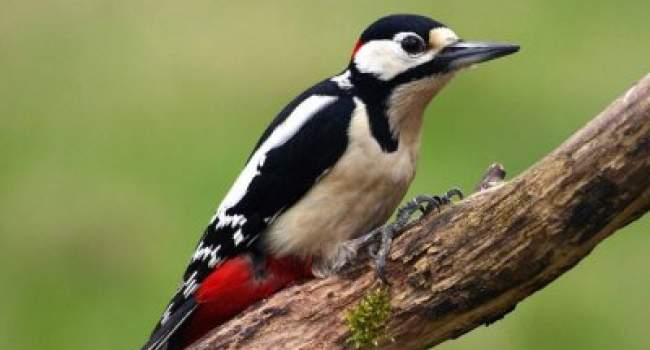
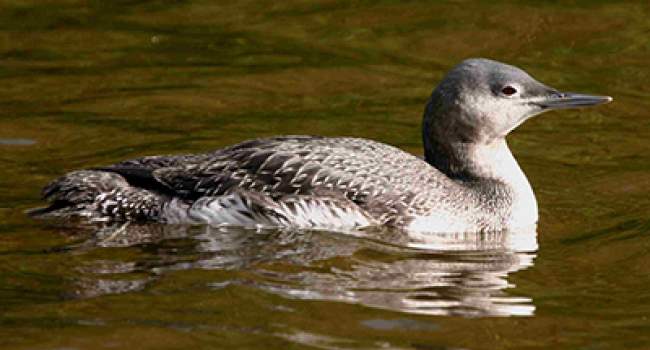
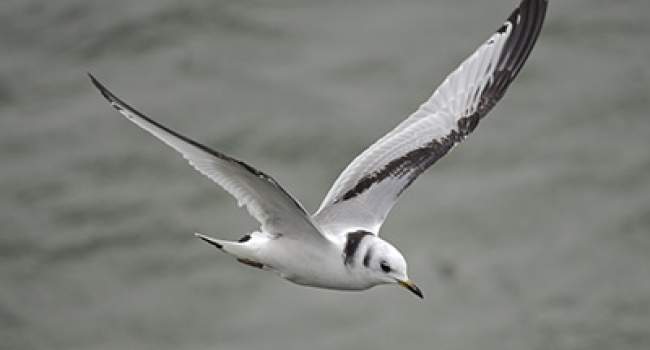
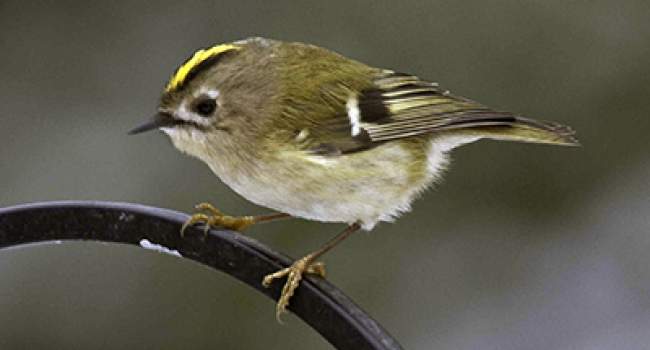
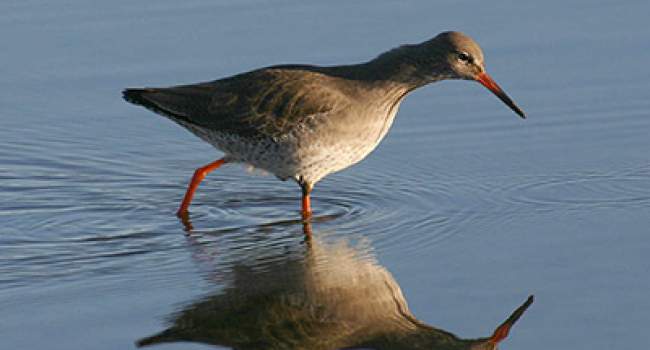
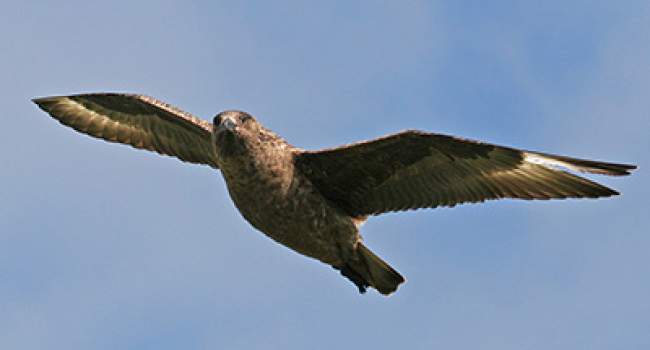
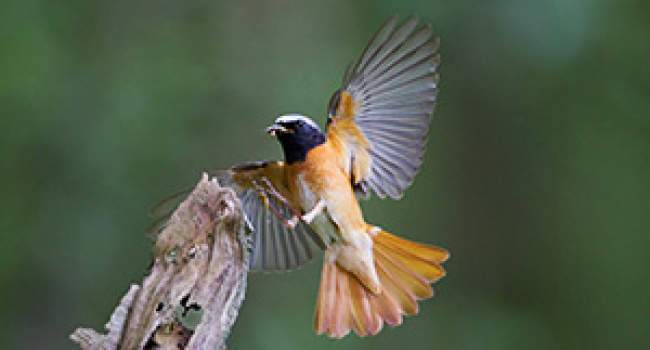
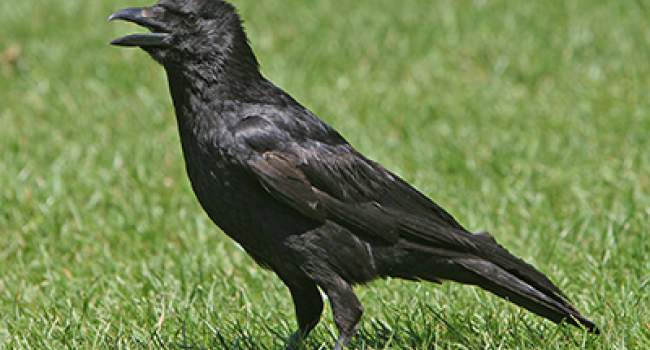
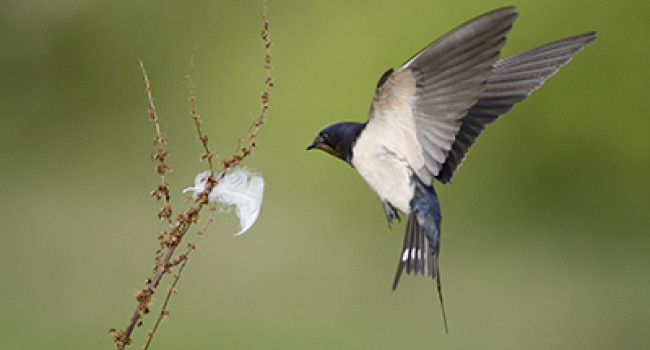
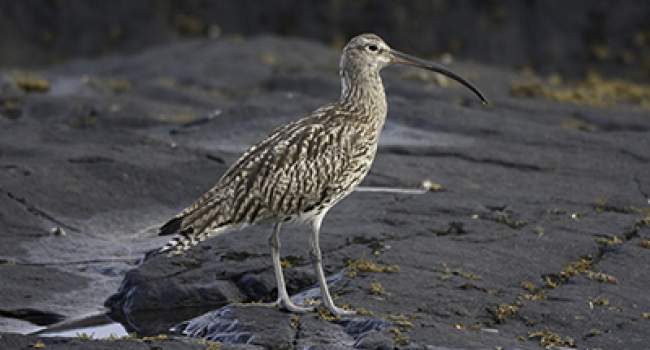
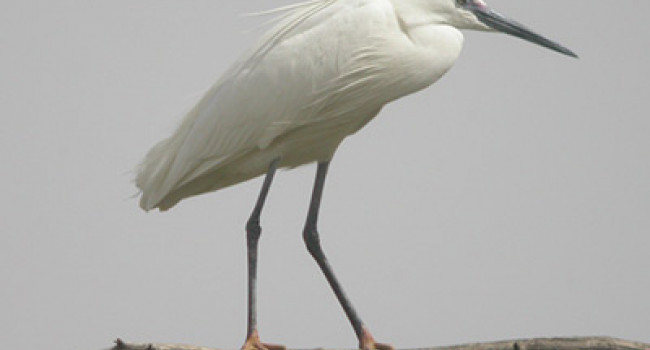
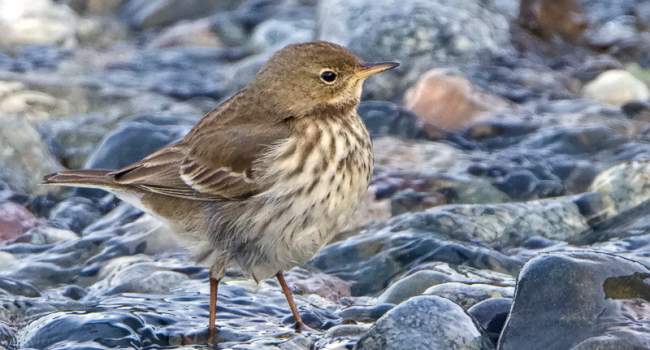
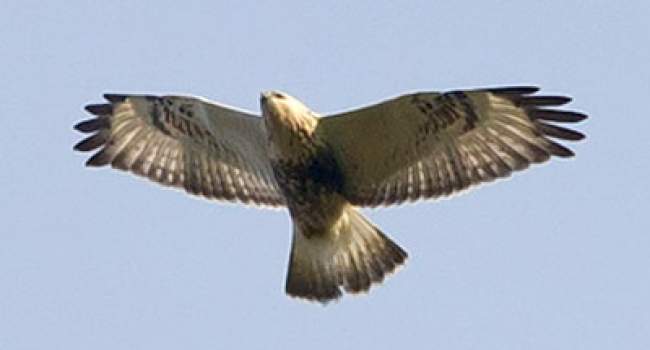
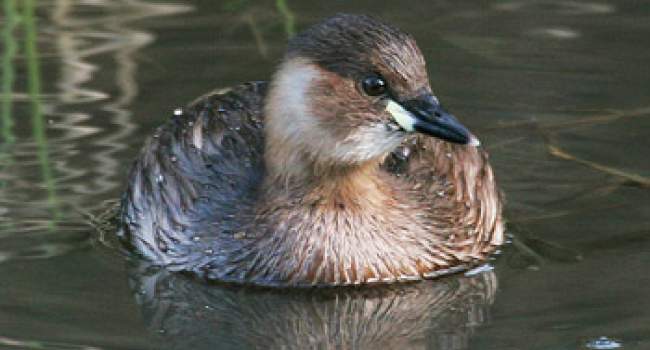
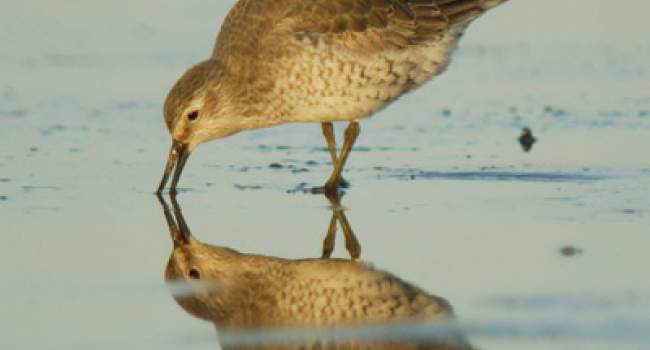
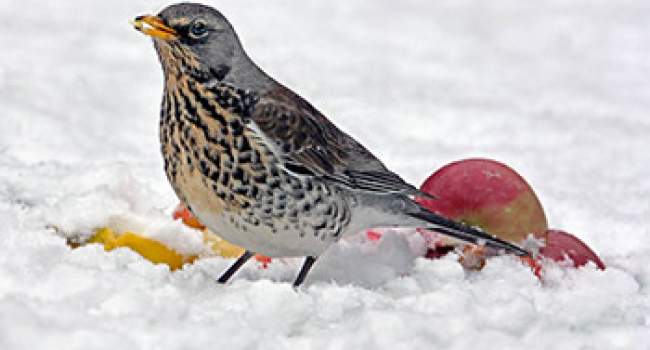
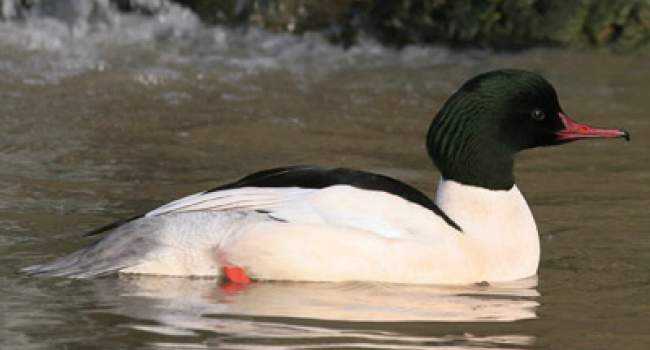
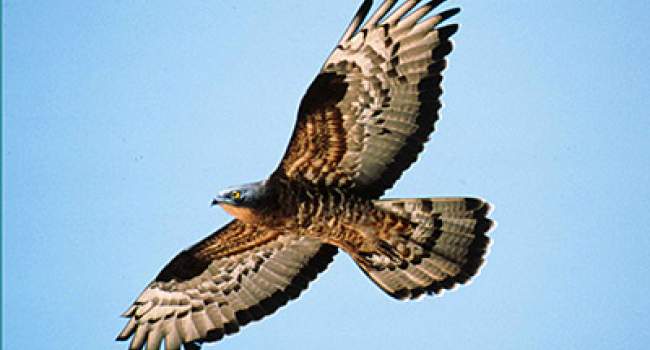
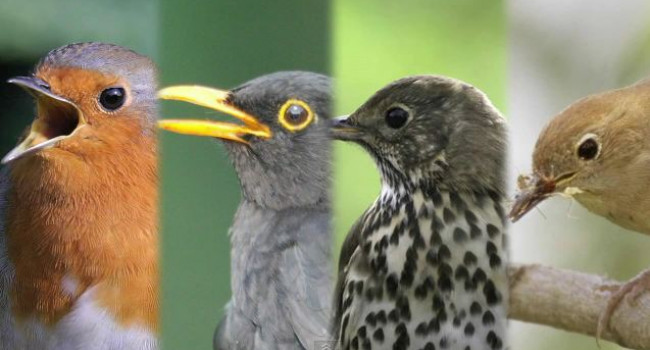
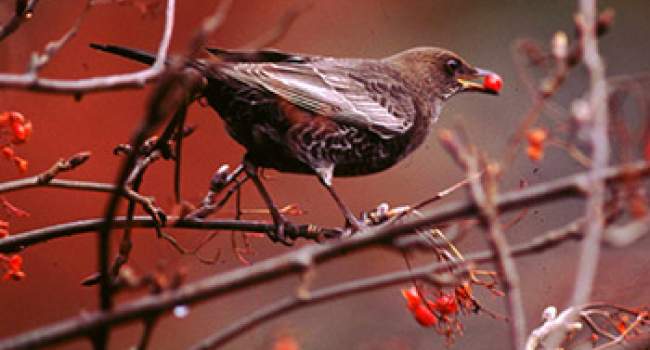




Share this page